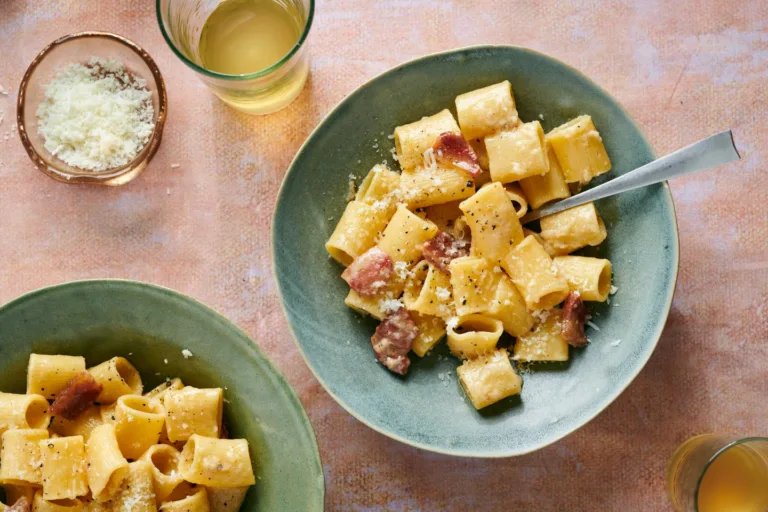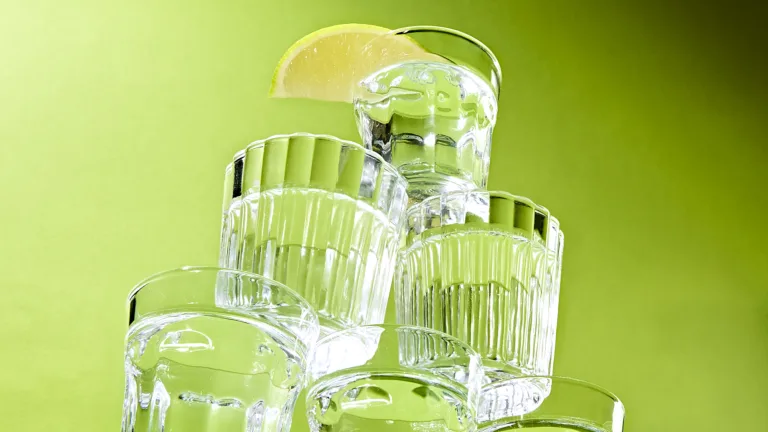The thing about “new classics” is that they hardly receive the reverence of a real classic. The Negroni cocktail dates at least to the 1940s—but more likely the 1910s—and despite it having many variations before the recipe (equal parts gin, Campari and sweet vermouth) was canonized, few question the simple brilliance of its ingredients and proportions.
Many decades later, in 2001, the white Negroni cocktail, which substitutes bitter gentian liqueur (Suze) for Campari and sweet white fortified wine (Lillet) for the vermouth, was invented by British bartender Wayne Collins at a cocktail competition in Bordeaux, France. While it did not become popular in the U.S. until Suze was imported stateside in 2012, it has become near ubiquitous in recent years—for good reason.
You May Also Like: The New Vermouth
“A white Negroni is one of my favorite calls for a stirred gin cocktail, crisp and spirit-forward, but not as potent as a martini,” says Liz Kelley, lead bartender at Cure in New Orleans. “They’re flavorful and bracing, but dryer and more subtle than a classic Negroni.”
How Bartenders Mix It Up
Like the original, the white Negroni is a fairly straightforward, equal-parts cocktail. And just as the red Negroni has spawned countless variations—such as the Boulevardier, the Old Pal and Sin Cyn—bartenders have created wide-ranging riffs on this new, colorless spin. One recent far-out version I came across, and thoroughly enjoyed, was at Tropezón in Miami Beach. The bartending staff mixed brown butter and sage-infused gin with
This Article was originally published on Wine Enthusiast




